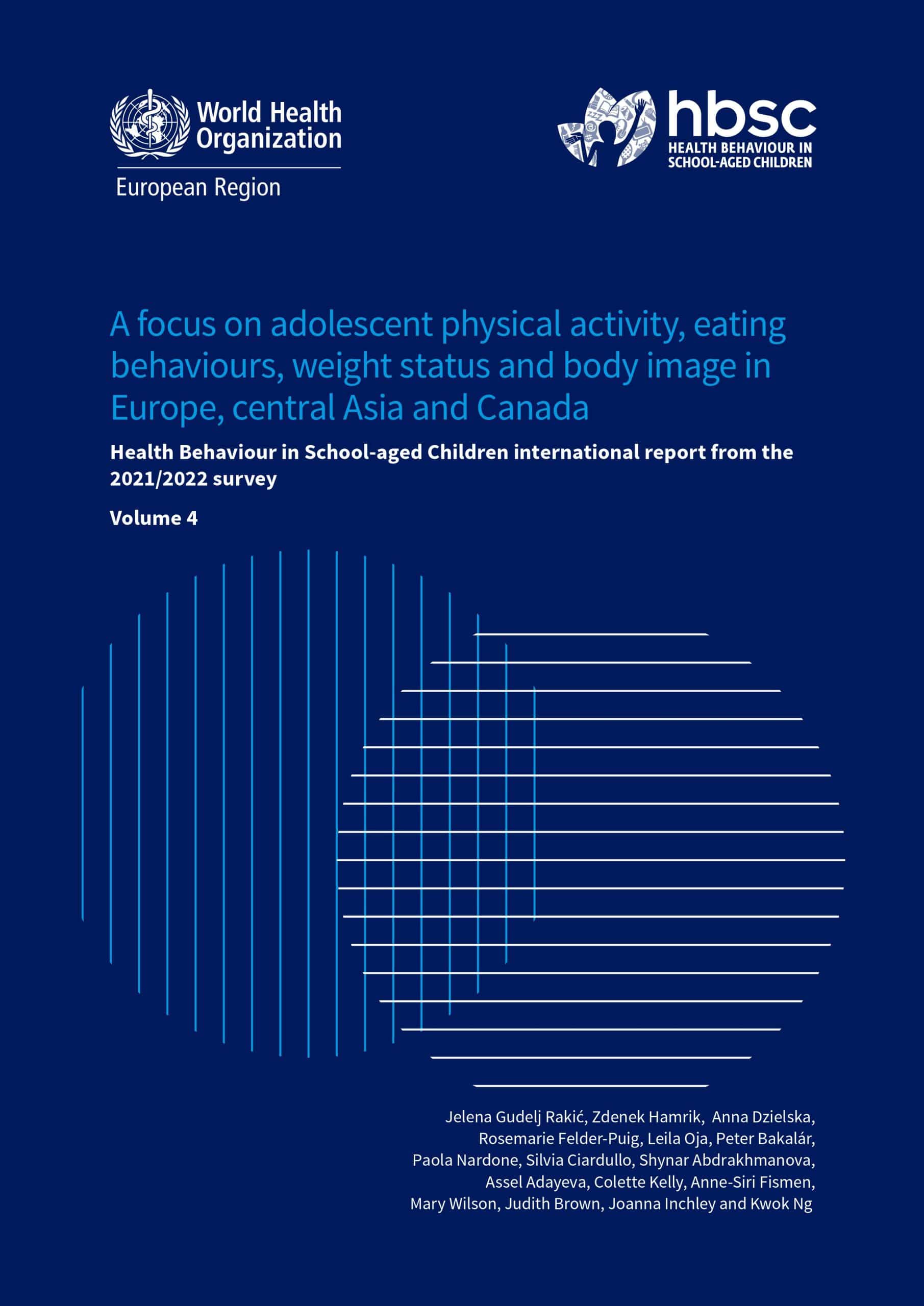Topic
Eating behaviours
Healthy eating behaviours are essential for adolescent growth, development, and long-term health. A balanced diet rich in fruits, vegetables, and whole grains provides the nutrients necessary for optimal physical and mental function. However, the modern food environment often promotes the consumption of processed foods, sugary drinks, and unhealthy snacks, making it crucial to understand and address the dietary patterns of young people.
This section of the HBSC study examines the eating behaviours of adolescents, focusing on the consumption of fruits, vegetables, sugary soft drinks, sweets, and breakfast. By analyzing these dietary patterns, we can gain insights into the nutritional status of young people and identify potential areas for intervention and education to promote healthier eating habits.
Select one of the indicators below to view data.
Key Findings
A focus on adolescent physical activity, eating behaviours, weight status and body image

- Adolescents from less affluent families tend to have less healthy eating behaviors, with lower fruit and vegetable intake (34% vs. 47% for girls, 30% vs. 42% for boys) and higher sugary drink consumption (18% vs. 15%).
- Only 38% of adolescents consume the recommended daily servings of fruits and vegetables, with lower rates among boys (35%) and older age groups.
- Significant decrease in daily breakfast consumption has been observed among adolescents since 2018 (from 59% to 51%), with the most pronounced decline seen in older age groups and girls.
- Girls are more likely than boys to consume sweets and chocolate daily (28% vs. 23%), while boys consume more sugary soft drinks (16% vs. 14%).
- Daily sweets consumption has increased among girls since 2018, particularly in younger age groups (from 23% to 27% for 11-year-olds).
- Daily sugary soft drink consumption has decreased slightly overall since 2018 (from 16% to 15%) but remains relatively high among adolescents, particularly boys.
- More than half of 15-year-olds (56% of boys and 51% of girls) report not eating fruits or vegetables daily, indicating a significant gap in achieving a balanced and healthy diet.
Cite this data
Rakić JG, Hamrik Z, Dzielska A, Felder-Puig R, Oja L, Bakalár P et al. A focus on adolescent physical activity, eating behaviours, weight status and body image in Europe, central Asia and Canada. Health Behaviour in School-aged Children international report from the 2021/2022 survey. Volume 4. Copenhagen: WHO Regional Office for Europe; 2024. Licence: CC BY-NC-SA 3.0 IGO.
Youth Commentary
“I believe most adolescents don’t eat enough fruits and vegetables because they’re expensive, especially for low-income families. As well as many times, people don’t know many dishes and things to make with the fruits and vegetables.”
Boy, 15 years old, Canada
Explore topics
Mental health
Bullying & violence
Substance use
Physical activity
Eating behaviours
Obesity & body image
Sexual health
Social media
Social contexts
Sign up for updates
Be among the first to access new international reports from the Health Behaviour in School-aged Children (HBSC) study, featuring 2021/22 data.
Complete the form to join our email alert list and receive notifications as soon as new reports are available. You can unsubscribe at any time by replying to one of our emails.
By clicking ‘Sign up’ you agree to receive email notifications about new HBSC study reports. For information about how we handle your data, please check our privacy policy.